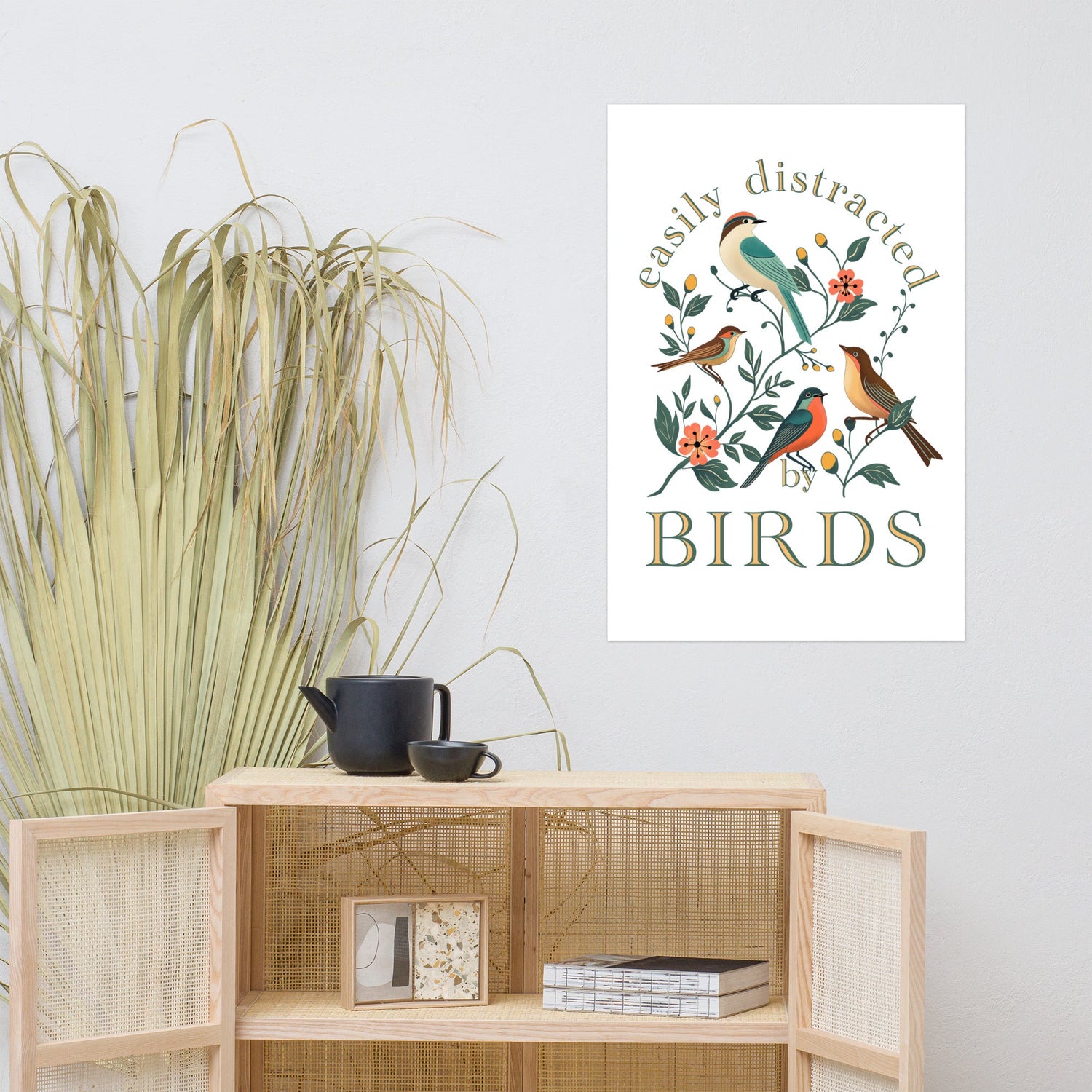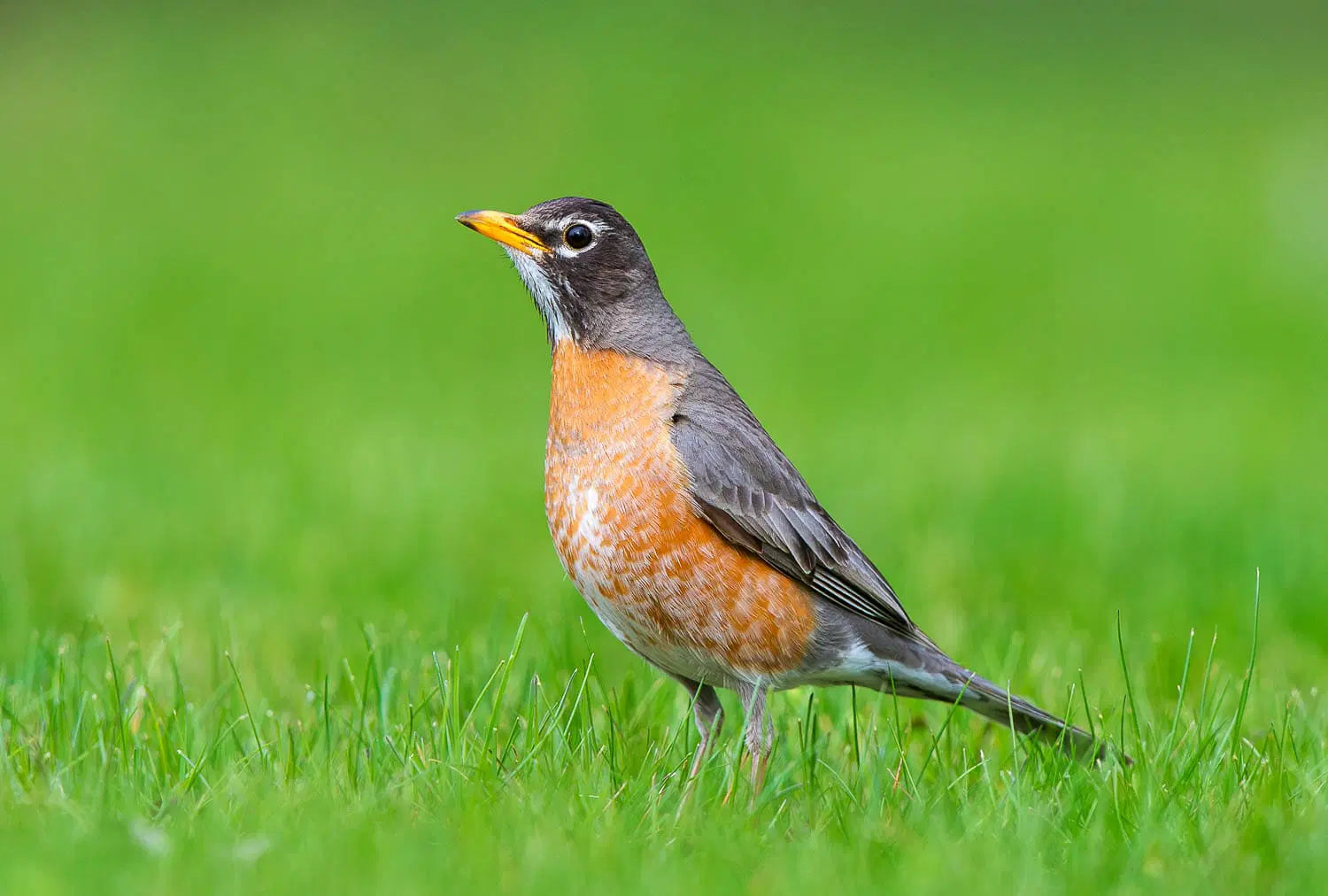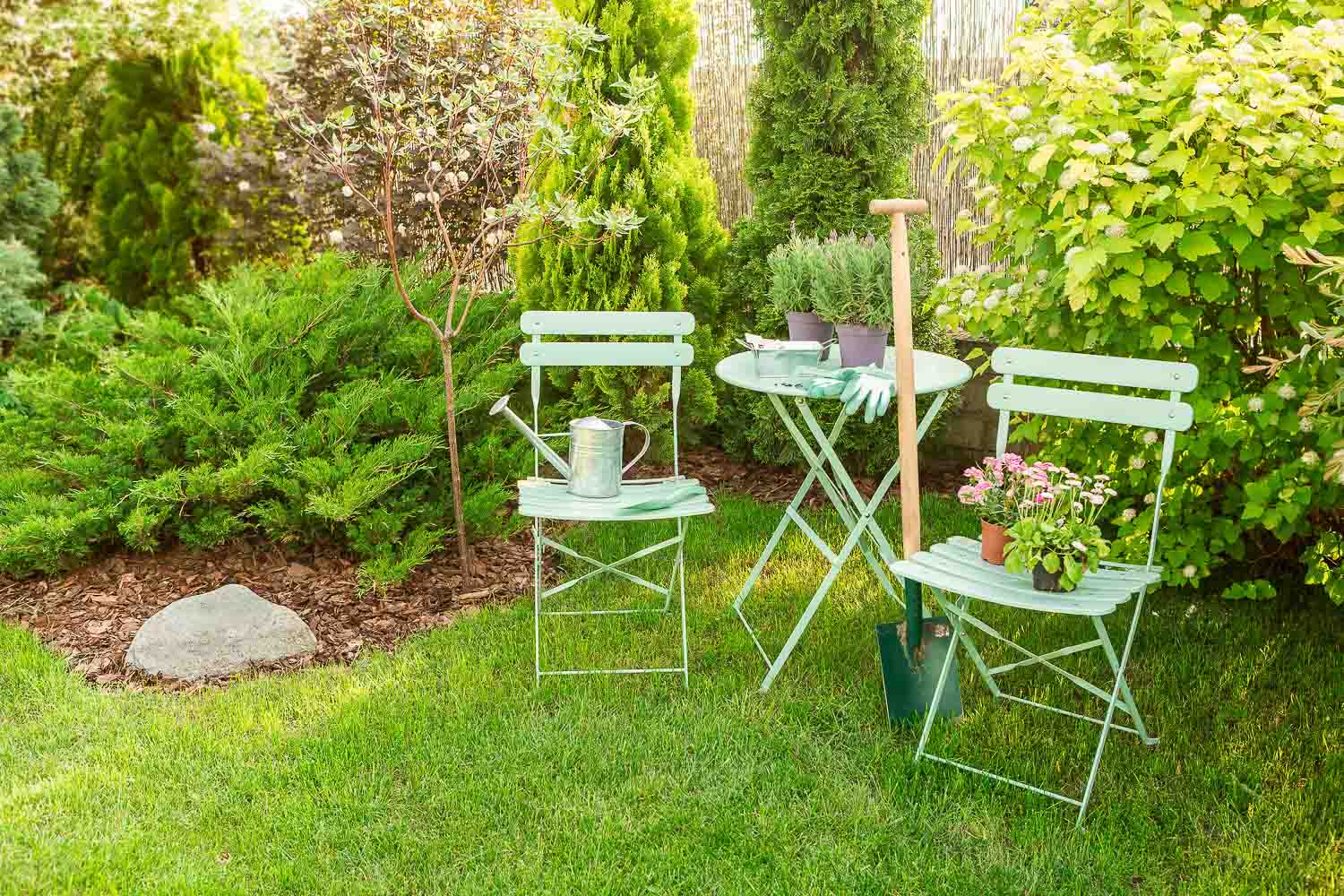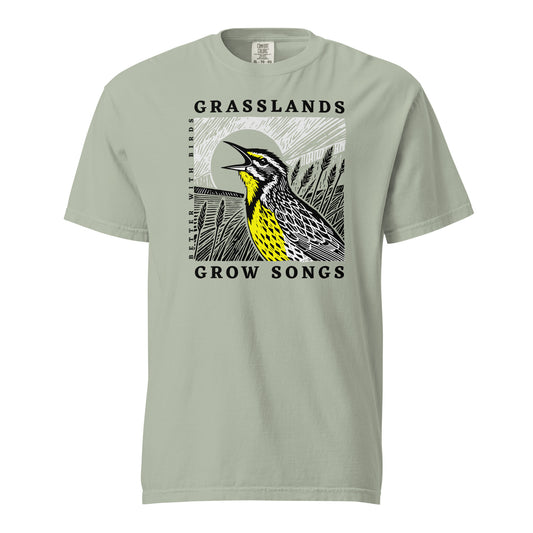What Do Mourning Doves Eat and How to Feed Them
Feature Photo: Bonnie Taylor Barry / Shutterstock
Read Time: 4 minutes
Backyard Birding , Attracting Birds , Feeders & Feed & Houses
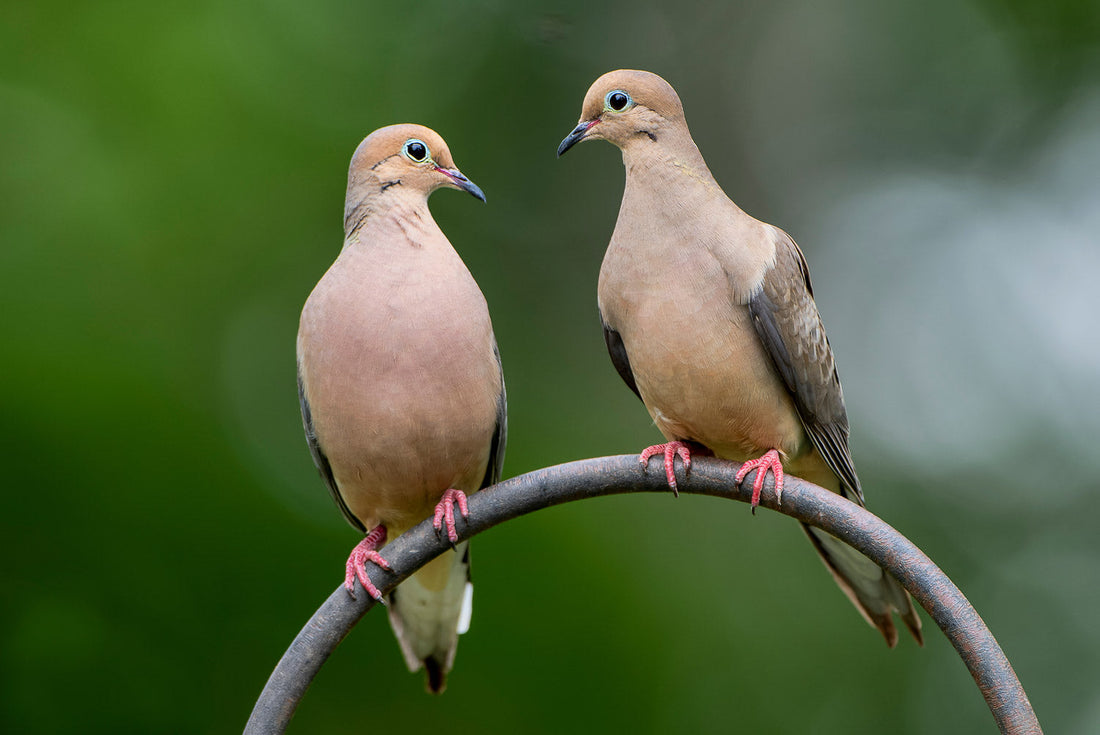
This post contains affiliate links. If you use these links to buy something, we may earn a commission at no additional cost to you. We only recommend products we fully support or use ourselves. Our full disclaimer
PIN THIS FOR LATER
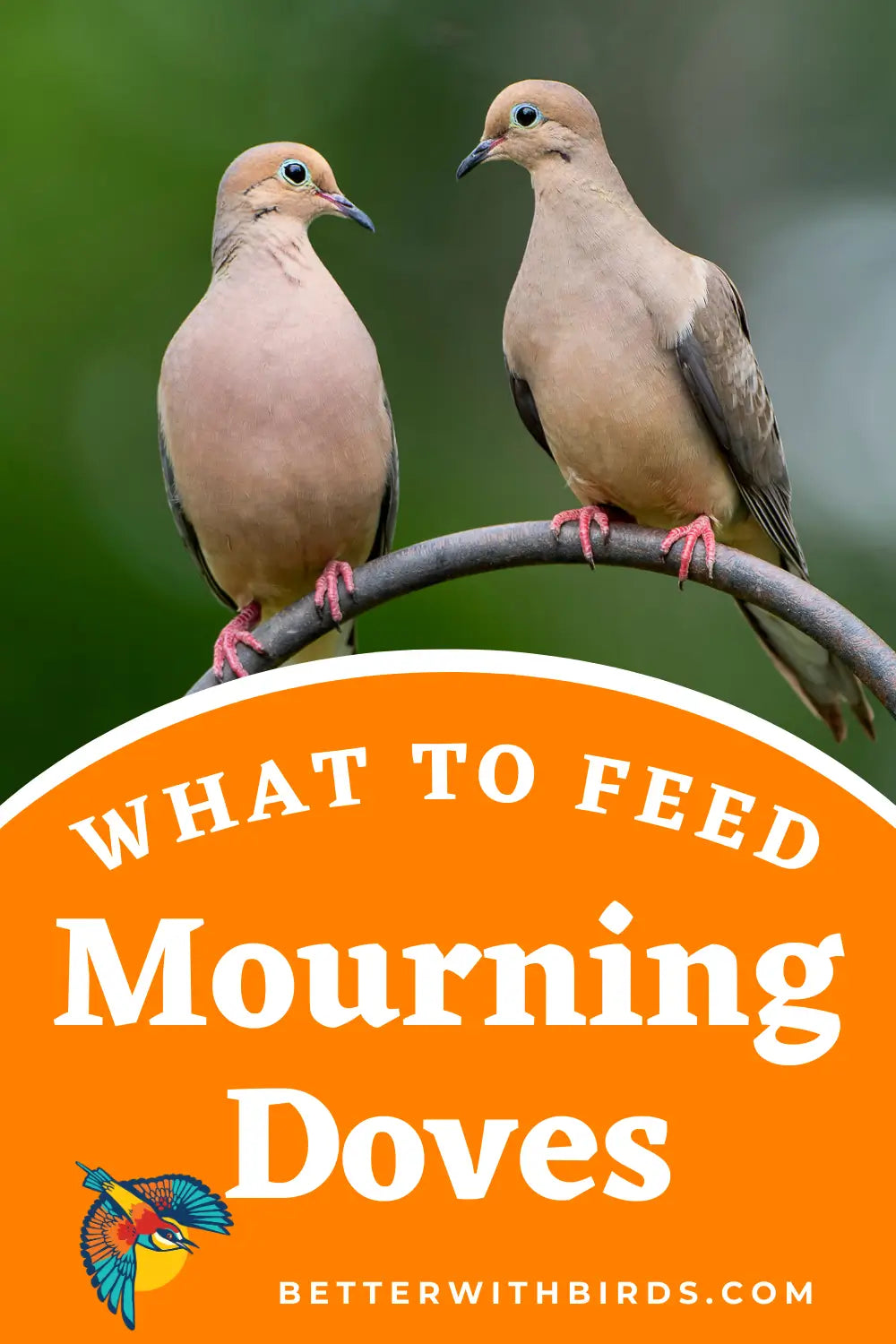
Contents
Mourning doves, those gentle backyard meditators with their soft coos and graceful moves, are like the yoga instructors of the bird world—calm, peaceful, and a little mysterious. If you’ve ever thought, “Hey, I want these zen birds to chill in my yard more often,” you’re in the right place. Here’s a no-fluff guide to what mourning doves eat, their feeding quirks, and how you can roll out the welcome mat for these feathered minimalists.
Mourning Dove Dining: What’s on the Menu?
If mourning doves had a love language, it would definitely be seeds. Seeds are their jam, their go-to snack, their everything. These ground-foraging pros are all about efficient munching, with an eating style that’s as chill as their vibe. Here’s what they’re snacking on:
Seeds They Can’t Resist
- White Millet: These tiny seeds are basically dove candy. Easy to swallow, high in energy, and readily available—what’s not to love?
- Safflower Seeds: Mourning doves are into these slightly bitter seeds, which also happen to repel squirrels (bonus points).
- Sunflower Seeds (Hulled): No cracking shells for these guys—they want the fast food version. Black oil sunflower seeds are a high-fat favorite that doves can’t get enough of.
- Cracked Corn: Especially clutch in winter, cracked corn provides the extra calories they need to stay warm and fabulous.
Grains They’ll Pick At
While seeds are their bread and butter (well, maybe just the “butter”), mourning doves will dabble in other options if seeds are scarce:
- Wheat, Barley, and Oats: Found in fields or spilled grain piles, these grains are a practical snack for ground-foraging doves.
What About Berries?
Honestly, berries are more of a “when in Rome” situation for mourning doves. They’ll nibble on them occasionally, but don’t expect them to go full fruitarian—it’s just not their thing.
And Insects?
Here’s the deal: Mourning doves are not about that insect-eating life. Sure, they’ll snack on a tiny bug here and there, especially during breeding season when protein helps fuel the kiddos. But insects are like that one weird appetizer on the menu—they’ll try it, but they’re not ordering seconds.
We give 20% of all shop profits to bird conservation & inclusive birding efforts.
Feeding Habits: Chill but Strategic
Crop It Like It’s Hot
Mourning doves are all about efficiency. They use a special storage pouch in their esophagus called a crop to hoard seeds like a doomsday prepper. They can fill up on food quickly, head to a safe spot, and then digest it later. Think of it as birdy meal prep.
- Seed Storage: Doves can store a lot in their crop—enough to fuel them for hours. Scientists estimate they can hold an impressive amount relative to their size, so they’re ready for long stretches between meals.
- Grit for the Win: To grind those hard seeds, mourning doves swallow tiny stones or grit. It’s their secret weapon for efficient digestion, and it’s why you might see them pecking at the dirt occasionally.
Ground Feeding Pros
Forget acrobatics—mourning doves are firmly Team Ground. They shuffle, peck, and scratch like pros, working the ground for seeds with a quiet determination.
- Flock Together: They’re social feeders, often dining in pairs or small groups. But don’t expect fights—they’re more “wait your turn” than “me first.”
- Cleanup Crew: Mourning doves are the ultimate opportunists, cleaning up spilled seeds beneath feeders. It’s their way of saying, “Hey, waste not, want not.”
 Photo:Bonnie Taylor Barry / Shutterstock
Photo:Bonnie Taylor Barry / Shutterstock
How Seasons Shape Their Eating Habits
Mourning doves don’t just eat—they adapt. Like, really well.
- Winter: Seeds, seeds, and more seeds. They pack on calories to build fat reserves, helping them survive chilly nights. Keep your feeder stocked with white millet and cracked corn to lend a hand.
- Spring and Summer: It’s all about energy-rich snacks to fuel breeding season. Plus, they produce crop milk (a nutrient-rich secretion) to feed their chicks—yes, both parents do it because equality is cool.
- Fall: Migration prep time! Northern doves fatten up for the long haul south, while their southern cousins just kick back and eat as usual.
How to Attract Mourning Doves to Your Yard
Pick the Right Feeder
Mourning doves aren’t here to do tricks. They want simple, accessible dining options:
- Platform Feeders: Flat, open, and easy to land on—perfect for doves.
- Ground Feeding Stations: Or just sprinkle seeds directly on the ground. They won’t complain.
- Hopper Feeders: Look for ones with wide ledges so doves can perch comfortably.
Serve the Right Food
- Seed Mixes: A combo of white millet, safflower, and sunflower seeds is dove heaven.
- Cracked Corn: Especially appreciated in winter when calories are king.
Make Your Yard Dove-Friendly
Mourning doves don’t just come for the food—they’re looking for the whole package.
- Safe Perches: Trees, shrubs, and quiet spots to chill between meals.
- Water Source: A shallow birdbath is perfect for drinking and bathing (because self-care matters).
- Natural Foraging Spots: Plant seed-producing grasses and wildflowers like sunflowers or coneflowers for a constant food source.
What NOT to Feed Mourning Doves
Don’t be that host who serves junk food.
- Bread and Processed Foods: These are nutritional black holes for birds and can cause serious health issues.
- Salty Snacks: High sodium is a no-go—it’s harmful and dehydrating.
We give 20% of all shop profits to bird conservation & inclusive birding efforts.
Keeping Mourning Doves Safe
Mourning doves are sweet, peaceful souls, which unfortunately makes them easy targets for predators.
- Keep Cats Away: If you’ve got outdoor cats—or nosy neighborhood ones—use deterrents like fencing or motion-activated sprinklers.
- Strategic Feeder Placement: Set up feeders in open areas with nearby shrubs for quick getaways but avoid tall grass where ambush predators might hide.
- Nest Shelves: Mourning doves build flimsy nests, so a sturdy platform under eaves or in trees can really help.
Mourning doves bring a little peace to every backyard they visit, and making your space dove-friendly isn’t rocket science. With the right food, safe spaces, and a bit of effort, you’ll have them cooing away happily in no time. Bonus: you get to feel like a bird-feeding pro while giving these zen masters a safe and snack-filled haven. Win-win!
